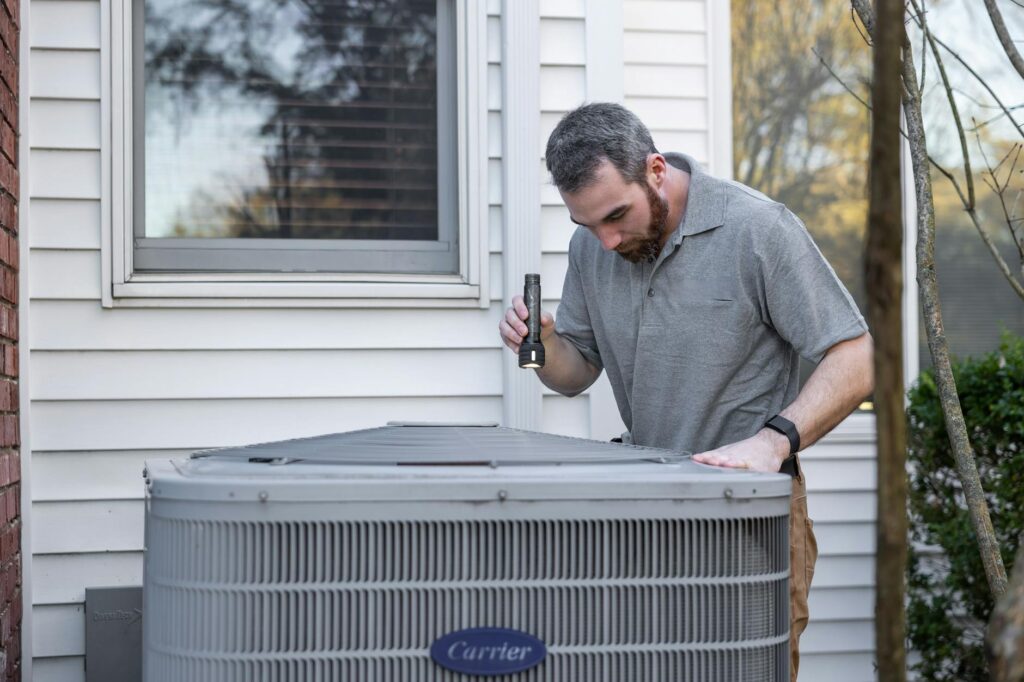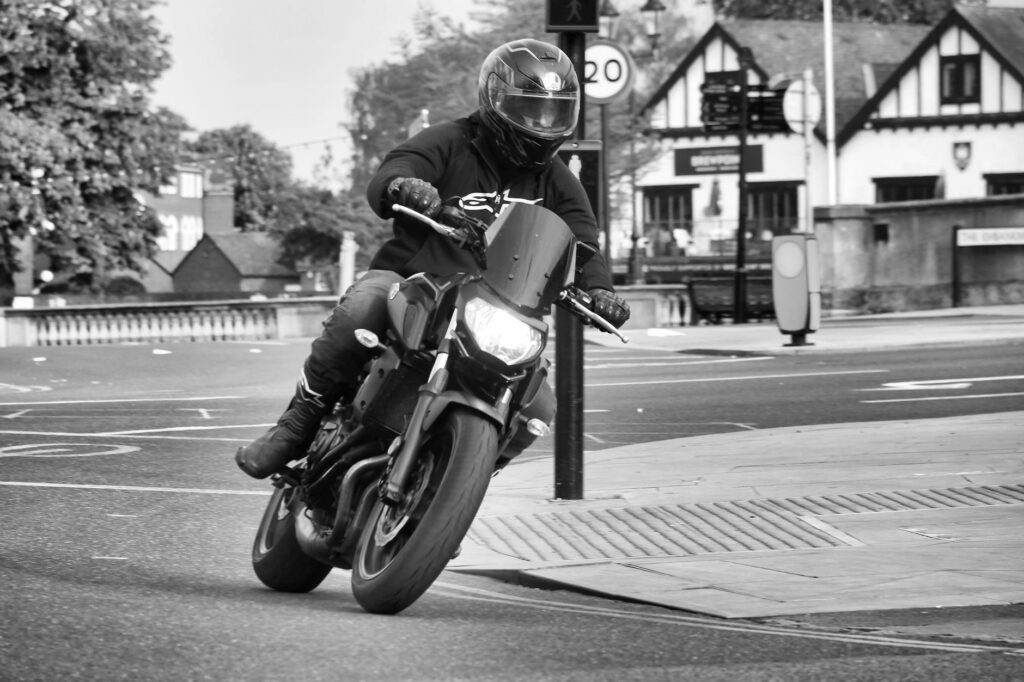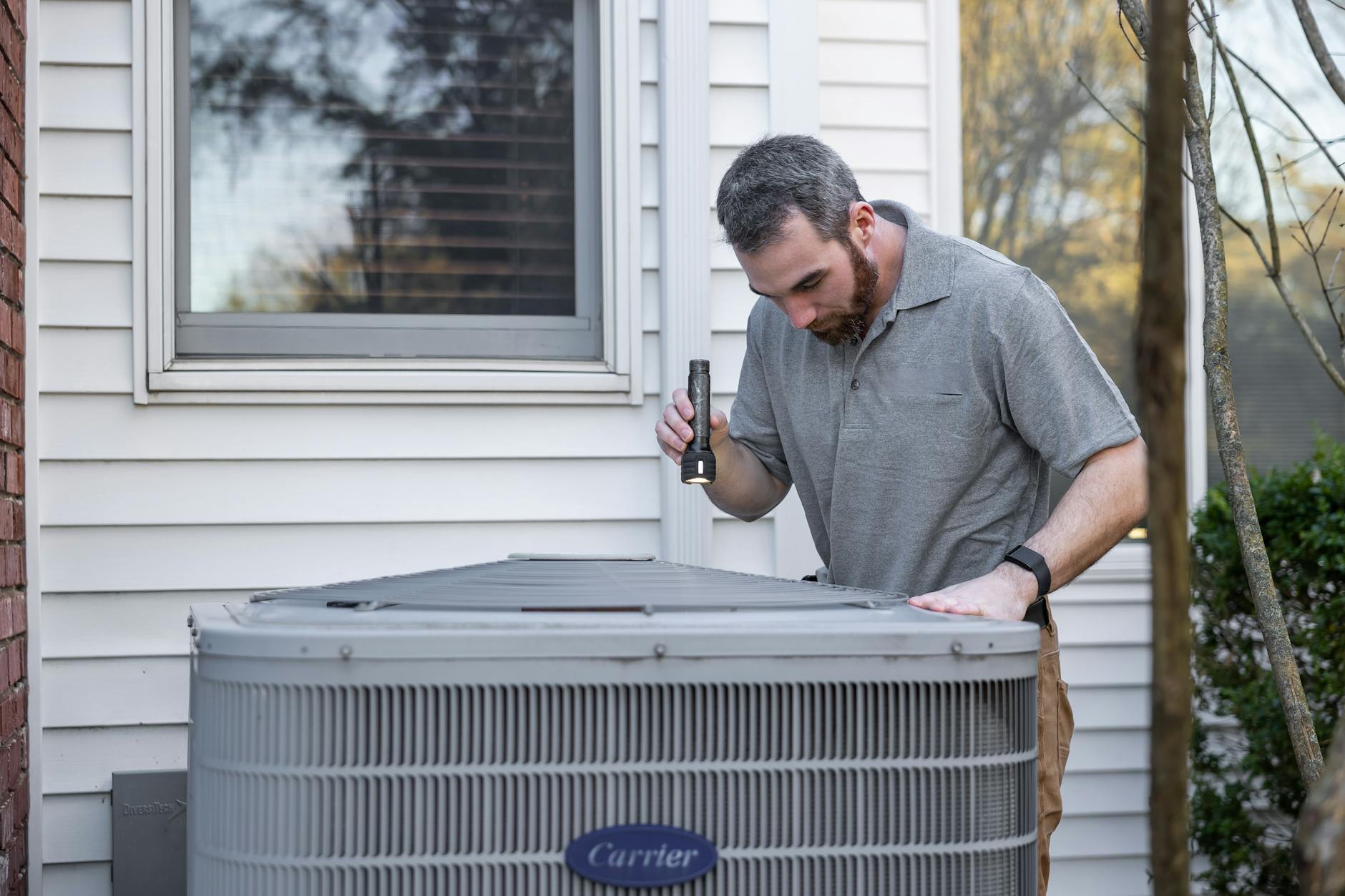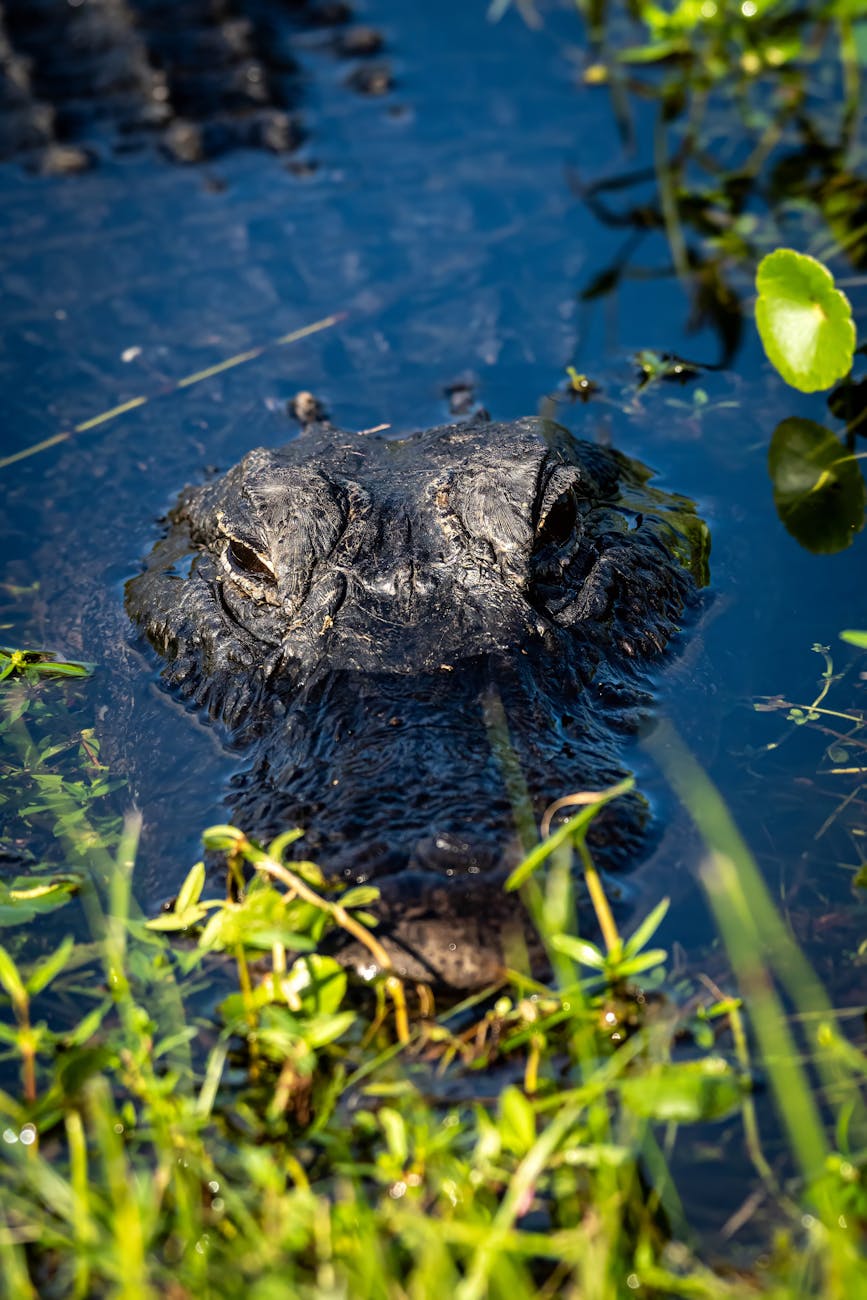A non-working outdoor AC unit on a hot day is a homeowner’s nightmare. Before calling an expensive technician, there are several simple checks you can perform yourself. This guide outlines seven common issues that could be preventing your unit from turning on, saving you time and money.
Check the Power Supply
The most obvious culprit? No power! First, ensure the circuit breaker hasn’t tripped. Locate your electrical panel and check for a tripped breaker dedicated to your AC unit. If you find one, simply switch it back on. If the breaker immediately trips again, this indicates a more significant electrical problem that may require professional help. 
Inspect the Condenser Fan
A seized condenser fan can easily prevent your AC unit from starting. Carefully inspect the fan blades. Are they obstructed by debris like leaves or twigs? If so, carefully remove the debris. If the fan is frozen or difficult to turn manually, this suggests further issues that warrant a call to an HVAC specialist. Learn more about condenser fan maintenance.
Examine the Disconnect Switch
Many outdoor AC units have a disconnect switch, usually located near the unit itself. This is a safety switch that can sometimes be accidentally turned off. Make sure this switch is in the ‘on’ position. 
Check the Thermostat
While it may seem obvious, double-check your thermostat. Is it set to the ‘cool’ setting? Is the temperature set lower than the current ambient temperature? Is the power to the thermostat itself turned on? A faulty thermostat can also cause issues. Consider replacing it if necessary. You can find replacement thermostats at most home improvement stores, or read our guide on Choosing the Right Thermostat.
Look for Obstructions
Ensure there’s adequate airflow around your outdoor unit. Overgrown vegetation, debris, or other objects blocking the vents or fan can severely restrict airflow and prevent the unit from starting. Clear away any obstructions, ensuring at least 2 feet of clearance on all sides of the unit. 
Verify the Capacitor
The capacitor is an electrical component that helps the compressor start. A faulty capacitor can prevent the unit from functioning. However, checking and replacing a capacitor requires some electrical knowledge and may involve working with potentially hazardous voltages. Consult a qualified technician if you’re not comfortable performing this check yourself.
Inspect the Compressor
If all else fails, the compressor itself might be the problem. This is the heart of your AC unit, and diagnosing compressor issues is best left to the professionals. Listen carefully; do you hear any unusual noises coming from the compressor? Any clicking or humming sounds could point to issues. Learn more about AC compressor problems and when to call a professional.
By systematically checking these seven points, you might identify the problem and get your outdoor AC unit running smoothly again. Remember, safety is paramount; if you’re uncomfortable with any of these checks, always call a qualified HVAC technician. Find a local HVAC expert here.
Frequently Asked Questions
What should I do if the breaker keeps tripping? This indicates a serious electrical fault, and you should immediately call a qualified electrician. Do not attempt to repeatedly reset the breaker.
How often should I clean my outdoor AC unit? Cleaning your outdoor AC unit at least twice a year (spring and fall) is recommended to remove debris and ensure optimal performance.
Can I use a garden hose to clean my outdoor unit? While you can use water to rinse away dirt, avoid using high-pressure water, which could damage sensitive components.
My AC still isn’t working after checking these things. What next? It is highly recommended to contact an HVAC professional for a comprehensive inspection and repair.
Is it safe to work near the AC unit’s electrical components? No, if you are not trained in electrical work, it is unsafe to work near AC unit’s electrical components. Consult a qualified technician.





